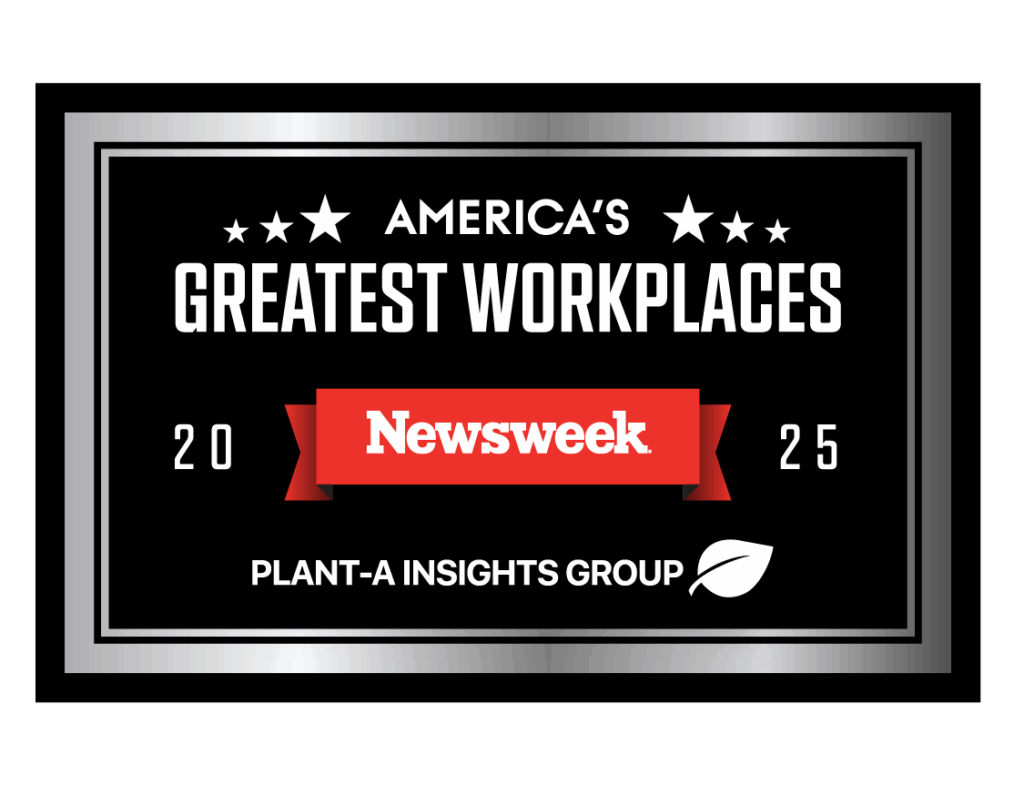In July 2023, the Environmental Protection Agency (EPA) issued a final ruling that will reduce the production of virgin HFC refrigerants by up to 40% between 2024 – 2028. This marks the most significant decrease in HFC production and availability in U.S. history.
Food retailers are among the country’s most significant users of refrigerants and will be heavily affected by these regulations. Unfortunately, refrigerant leaks are an industry-wide problem that will become even more expensive.
The HFC Problem
Most commonly used in refrigeration and HVAC equipment, HFCs are greenhouse gases known to contribute to climate change by trapping heat in the atmosphere. These refrigerant gases are far more polluting than carbon dioxide (CO2), with hundreds of times higher global warming potential (GWP) than the same amount of CO2. Once considered a suitable replacement for ozone-depleting substances, HFCs are now the world’s fastest-growing greenhouse gases as the global demand for refrigeration and air conditioning continues to climb.
The solution? Natural refrigerant systems like CO2 are compliant with future regulations, better for the environment and can be more energy-efficient in many cases. The EPA classifies non-toxic, non-flammable CO2 as a safety group A1 refrigerant, making it a preferred refrigerant for use in public by retail customers.
About the Federal AIM Act
In late 2020, Congress enacted the American Innovation and Manufacturing (AIM) Act, directing the EPA to address the nation’s HFC problem. In response, the EPA implemented a landmark program to enact a phased 85% reduction in the country’s HFC production and use by 2036. This move is estimated to reduce global warming by approximately 0.5 degrees Celsius by 2100. In addition to environmental benefits, the EPA also estimates annual net savings of $1.7 billion, rising to $16.4 billion in 2036.
How The HFC Phasedown and Regulatory Updates Affect Food Retailers
Europe is far ahead of us on the phasedown timeline, putting the U.S. in a unique position to anticipate what’s to come. When Europe experienced a drastic reduction in HFC supply, the prices for synthetic refrigerants more than doubled in a matter of months. We should expect the same trend in the U.S., making a case for why retailers should switch to low-GWP refrigerants as soon as possible.
Transitioning to low-GWP systems is no longer a “nice-to-have” upgrade—it’s a necessary transition to future-proof companies’ investments in their mission-critical infrastructure and meet federal and state regulations to avoid costly fines. Retailers should transition sooner rather than later to avoid labor and equipment supply issues that will inevitably arise as everyone rushes to meet requirements.
Our Role in Sustainable Refrigeration
At CoolSys, we can help clients navigate the changing regulatory landscape and find the best low-GWP systems for their facilities. As an industry-leading expert in CO2 and other natural refrigeration options, we’re committed to helping our customers adopt low-GWP refrigerants for the future of commercial and industrial refrigeration—and our planet. As Titanium-level North American Sustainable Refrigeration Council (NASRC) members, we proactively invest in sustainable refrigeration, and as a leader in CO2 technology, we have over a decade of experience installing more than 150 CO2 systems across the country.
If you have questions about The HFC Phasedown and Regulatory Updates and how these regulations, please get in touch with CoolSys to learn more about our offerings and plan for these regulations.
To find out more about the American Innovation and Manufacturing (AIM) Act, visit the U.S. Environmental Protection Agency website.


